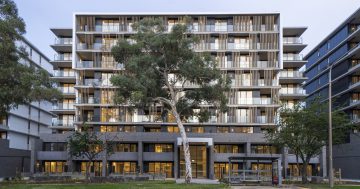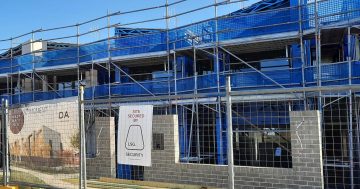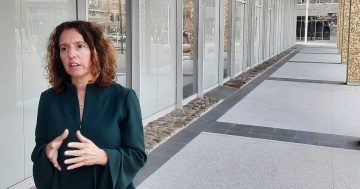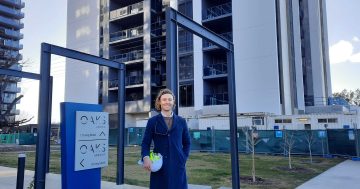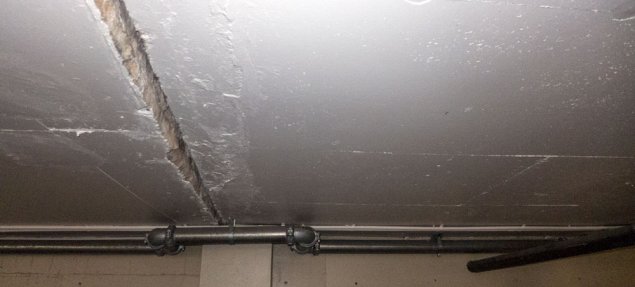
It was not long ago that occupants of a new Civic office building reported faults appearing in the structure. Office workers noticed that floors were sagging.
As would be expected, the owners and anyone else with authority made the appropriate noises that all was well and that remedial work was being carried out
A story soon circulated about an employee’s weird experience on returning to work. As he had been on leave it had been a while since he had driven down into the underground carpark. So in he drove just as he had so many times before.
But something was different. The top of his van scrapped the fittings above. He thought to himself, the vehicle was the same and there was nothing about it that should have meant it was suddenly that higher.
Alas, he reported the mysterious incident. The investigation was immediate and revealed the ceiling had in fact lowered itself. The whole building was on the move – downwards! It was vacated soon after.
That building was the Silverton building. It was situated on the northwest corner of Rudd and Moore Streets. In 1995 it was deemed structurally unsound and beyond repair, and was demolished.
The building was less than ten years old.
In relation to the fault above, the floors were indeed on the move as there had been some dodgy work in the original formwork for the concrete floors.
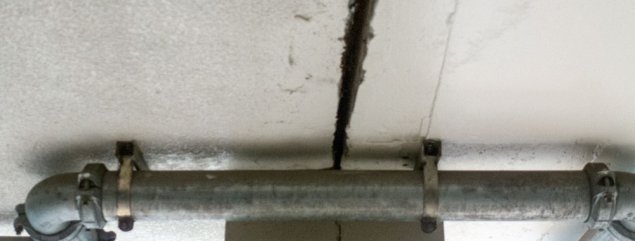
The demolition of the Silverton building is a sad tale of the effectiveness of the monitoring of building requirements. It is also a reminder that while many residents are trying to remedy the very dubious planning and development processes across Canberra, few have had the time or resources to monitor the building standards of the current crop of rushed apartments that are being encouraged through accelerated land sales.
Footnote: The photos are not of the Silverton building but from another carpark that also has roof problems. Look above you next time you park in a parking station – you never know what may be happening.
This is part of an occasional series, Canberra Tales, offering short stories, mostly true but including many urban myths, about intriguing aspects of Canberra. As with any story telling, we welcome other variations, accurate or otherwise, to these tales.














